L to R – Ray ‘Slug Jordan, Ron Barassi, Tom Hafey, John Kennedy Snr, Des Tuddenham reliving his infamous player punishment at Essendon.
To spray or not to spray. This is often a conundrum most football coaches will experience as they head to a quarter time break knowing their team has executed nothing like you agreed to do only an hour prior.
For anyone outside of Australia, a spray is a slang term meaning a heightened vocal speech delivered by a coach to his or her team, in order to turnaround the team’s existing fortunes.
It’s intent will usually be a positive one initially but will usually disintegrate into a maniacal rant, barely comprehensible to the team or even to the coach for that matter.
Right up to the 90’s the spray was the ‘norm’. Play poorly and you could expect to cop it from the coach. Some coaches were so predictable at giving a spray, it at least gave you some time to mentally prepare for the verbal blast.
That is the problem with continuous sprays. Players will eventually stop listening.
Other coaches could punish you in a physical sense. Former Fitzroy champion Leon Harris coached at Werribee for three years and never missed a beat when it came to applying a consequence to your actions.
Some of his methods on a Monday night after a bad loss challenged the Geneva Convention and were only made slightly more palatable by the fact that the diminutive Harris completed the punishments with you.
Another coach who ventured into Werribee was the legendary Des Tuddenham, a man whose heroic feats as a player in the VFL preceded him.
His coaching career wasn’t as celebrated and once as coach of Essendon, forced his players to crawl around Windy Hill twice on hands and knees as punishment after a bad loss.
In his mid 40’s in 1988, ‘Tuddy’ had been at the VFA’s Field Medal count where Werribee’s Stephen Sells had won the medal, a first for the club.
It was a cold and wet training night nearing the finals. Upon arrival at Chirnside Park, ‘Tuddy’ changed into his footy gear and did a half lap before calling us into the mud-laden centre cricket wicket area.
Clearly having had a few drinks at the medal count, he then delivered an almighty spray regarding the team’s soft performance the prior weekend. Demanding an improvement in our tackling he called on the ruckman to charge at him.
Our ruckman, 193cm tall and 100kg, took off from five metres and shoulder charged the 172cm hard man who bent his knees, grabbed the giant around the waist and dumped him unceremoniously into the mud.
As if that wasn’t enough, he ordered our 190cm, 95kg centre half back, a former boxer, to do the same. Same attack and same outcome. It was an impressive statement from a middle aged champion with half a dozen Scotch and Cokes under his belt.
Of course most of the coaches of the past wouldn’t survive now. The game is different for starters. For all the greatness of Ron Barassi, Tom Hafey or John Kennedy I couldn’t imagine their methods working with the footballers of today.
I think all these coaches had enormous affection for their players but their version of direct feedback wouldn’t be tolerated now. So is a spray still an option today?
It can be delivered but it needs to be in context and usually when the team least expects it otherwise it can have zero impact. The days of firebrand, irrational sprays are gone and fundamentally so much is determined by the level of respect the players have for you as coach.
My last coach at Werribee Donald McDonald was very hard on a few of us and a couple of times singled me out in front of the team. Despite my personal disappointment I respected his opinion and trusted that he only had the best of intentions.
Donald too, copped plenty of sprays during his time playing at North Melbourne and has many funny stories including the antics of his reserves coach Ray ‘Slug’ Jordan.
The epitome of everything coaches aren’t these days, Slug was loud, loose and aggressive. One day at Arden St, when Donald was dragged to the bench for a second time for not following coaches directions, the runner handed him the phone.
Donald couldn’t hear anything and tried handing the earpiece back to the runner who shook his head and refused to take it. Donald placed the phone back to his ear again, only to hear a few seconds of grinding teeth followed by a brutal “McDonald! Get f…ked!”
Paradoxically, I know of an instance where former Footscray and Werribee player Phil O’Keefe, stumbled upon a technique that I guarantee has never been used by a coach before or since.
Only Phil can tell the story in his typical Braybrook dialect, but Phil was coaching the Werribee development team in the VFL a decade ago. Werribee were aligned to North Melbourne at the time and the Development Team played before the main game.
Phil had been to a function the night before and had been caught up in the hysteria of the event which resulted in him getting home very late and barely sleeping before the game.
He managed, with the help of the assistants to get the team out onto the ground but by half time Werribee were down by eight goals.
Dehydrated, sleep deprived, sweating profusely, tongue dry as a desert, unable to speak and nowhere to hide, Phil needed to address the players.
In the changerooms and with North coach Brad Scott and the North players watching, Phil said nothing. Absolutely nothing. Any words flying around his brain eluded him. His large frame slowly moved left to right, right to left, glaring menacingly into the eyes of the players.
Now you might think, “yeah that happens all the time”. Well not for three minutes it doesn’t. That’s just eerie and bizarre. Not a word spoken, everyone on mute, now very feeling uneasy in excruciating silence.
He finished the enforced silence with, “Let’s go”. The players sprinted out the door and clawed their way back to record a momentous win.
Brad Scott mentioned to some Werribee faithful just how amazing that coaching technique was, unbeknown to him that it was derived from a skinful of grog and no sleep!
In comparison to those examples, a big change to team culture and the subsequent decline of the ‘spray’ has emerged via the transfer of ownership onto the players. This has allowed the coaches to spend less time directing or prescribing what’s required to their teams.
In the old days of the aforementioned coaches, there were no ‘values’ workshops and no empowerment given to the players until David Parkin, with the support of psychologist Anthony Stewart introduced it in 1995 to Carlton.
Up to that point the extent of external motivation available to the players may have been limited to a few posters on the changeroom walls.
Around the time of Carlton’s barnstorming 1995 premiership, a former teacher, now Air Force educator Ray McClean was experimenting with some leadership techniques amongst some air crew and also with Central District Football Club in the SANFL.
The methodology was simple but highly effective. Centrals went on to win nine premierships from 2000-2010 after having never played in a final to that point in time.
From there McClean took his leadership philosophies to St Kilda where they made a grand final in 1997 and then Sydney where the infamous ‘Bloods’ culture was formed along with the 2005 premiership.
McClean now runs his highly successful business, Leading Teams and applies his techniques across sport and business.
The strength of his programs are based on teams taking ownership and accountability for their actions. It may start with, “How do you think we are perceived by our opposition?” then “How do we want to be perceived?” and finally, “How do we get there”.
From workshopping those three questions for however long as is required, you can as a team, form a set of agreed values and behaviours to live and breathe together for the season.
Once the players agree to those values along with the behaviours that underpin them, much of a coach’s work is done these days.
If for instance when things are going awry at halftime, there’s less time spent gritting your teeth wondering what to say when all you need to do is reference the ‘trademark’ or ‘team mantra’ on the wall. (“You wrote these, not me!”)
Ultimately success comes from the playing group and the art of coaching is working out how much empowerment is given to them versus prescribing or directing from the coach.
The more leadership within the team, the less prescribing is required. Captains such as Selwood and Pendlebury must be a Godsend to their respective coaches.
I always like to hear what coaches say during breaks, ever since I was a kid. Perhaps the funniest one I’ve heard came on a youtube video from London. The language is disgraceful so please be warned, but in context to the lunatic delivering this diatribe, it must stay in.
Now, as coaches we look for little metaphors and stories to use as motivation. Watch and listen how this coach tells the heart rendering story of the female Olympic marathon runner. It will bring a tear to your eye for all the wrong reasons.
Somewhere in the f….n 80s there was this chick that did this f…..n marathon. And she, fair enough, she come 10th or 20th or something like that, but that’s not important.”
Given it’s the UK I imagined this guy approaching the huddle with some Shakespearean sensibility. “To spray or not to spray. That is the question. Nah f..k it, just spray.”
Two excellent leadership books I can highly recommend are:
- Any Given Team by Ray McClean. A fascinating story with some simple techniques for coaches at all levels.
- Legacy by James Kerr. A truly brilliant insight into the culture of The All Blacks in the lead up to the 2015 World Cup. Previously impenetrable, James Kerr gets inside the culture that has made The All Blacks the ‘winningest’ football team in the last 150 years.


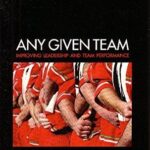
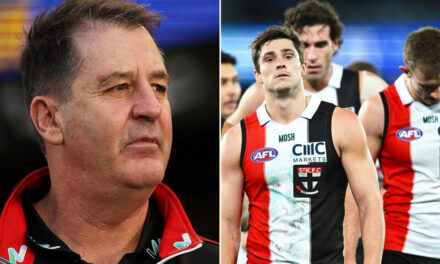
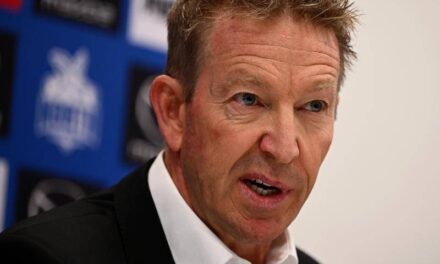
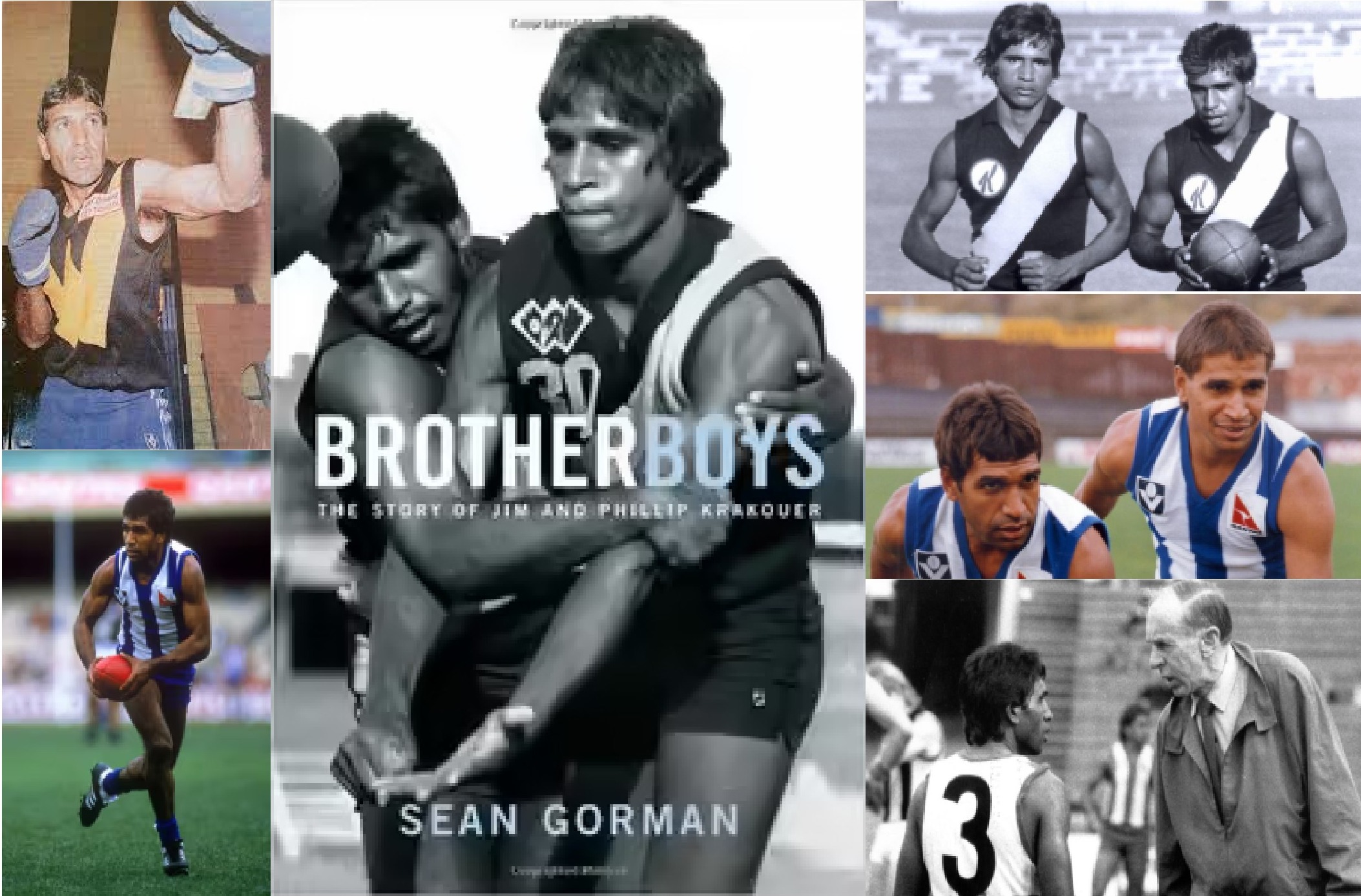
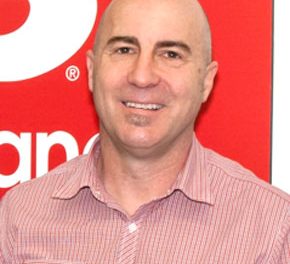
Now I know what happens in those secretive huddles that I’ve watched but never known what goes on!
Great read as usual.
Thanks Lynda